Traveling doesn’t have to mean sacrificing your fitness or athletic edge. Whether you're a weekend warrior, a competitive athlete, or someone committed to staying active, maintaining sports performance while on the move is not only possible—it can be simple, effective, and efficient.
The good news? You don’t need a gym, heavy gear, or hours of free time. With smart, results-driven strategies, you can boost strength, endurance, mobility, and recovery—no matter where you are. Here are 8 practical, science-backed tips designed for real-life travel schedules and minimal equipment.
Your body is your most reliable piece of equipment. Bodyweight exercises like push-ups, squats, lunges, planks, and burpees engage multiple muscle groups and improve functional strength. Perform 3–4 rounds of a circuit (e.g., 10 push-ups, 15 squats, 20-second plank) in under 15 minutes.
Pro tip: Use stairs for step-ups or incline push-ups, and hotel walls for wall sits. No space? Do isometric holds (e.g., holding a squat position) to maintain muscle engagement.
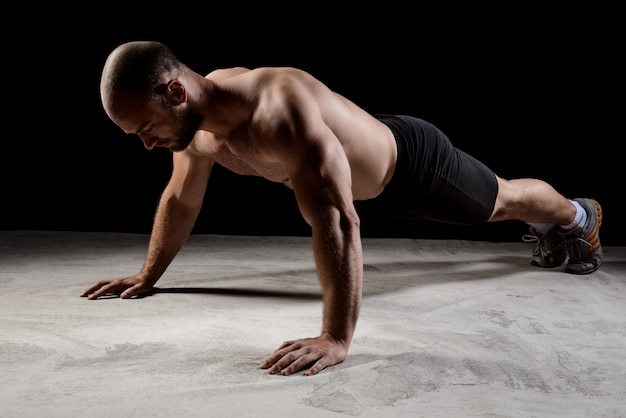
Long flights, cramped seats, and irregular movement patterns stiffen joints and reduce performance. Dedicate 10–15 minutes daily to dynamic stretching or mobility drills—think leg swings, arm circles, hip openers, and spinal twists.
Improved mobility enhances movement efficiency, reduces injury risk, and prepares your body for physical activity—even if you're not working out that day.
Turn your hotel room into a functional training zone. Use the edge of the bed for triceps dips, towels for resistance (pulling against tension), and a chair for step-ups or elevated pike push-ups.
Even short 10-minute sessions boost circulation, maintain neuromuscular connection, and support consistency—key for long-term performance.
Skip the elevator. Stairs are one of the most underrated tools for building leg power, cardiovascular endurance, and mental toughness. Climb for 5–10 minutes with controlled form, or do interval sprints (up fast, down slow).
Bonus: Stair climbing burns more calories than flat walking and improves vertical power—critical for sports like basketball, soccer, and tennis.
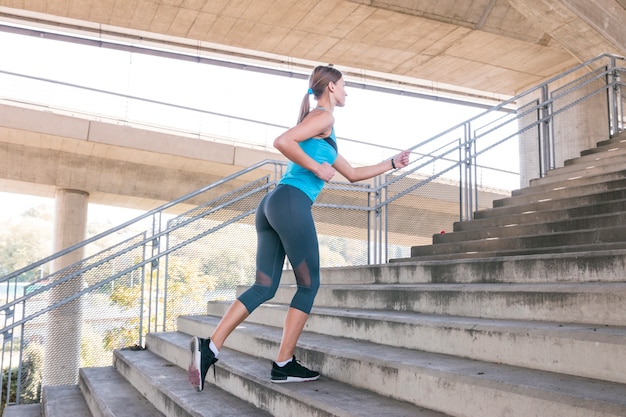
Dehydration impairs strength, focus, and recovery—especially during air travel. Aim to drink half your body weight (in pounds) in ounces of water daily. Add electrolytes if you're sweating or flying long-haul.
Carry a reusable bottle and refill often. Proper hydration supports joint lubrication, muscle function, and mental clarity—essential for peak performance.
Travel disrupts circadian rhythms, but sleep is non-negotiable for muscle repair, hormone balance, and cognitive performance. Aim for 7–9 hours nightly.
Use eye masks, earplugs, or white noise apps to improve sleep quality. If jet-lagged, expose yourself to natural light during the day and avoid screens before bed.
Turn sightseeing into training. Walk at a brisk pace—ideally 100+ steps per minute—to elevate heart rate and build endurance. Add lunges, calf raises, or short sprints between landmarks.
Walking also aids digestion, reduces travel fatigue, and supports joint health—making it a low-effort, high-return habit.
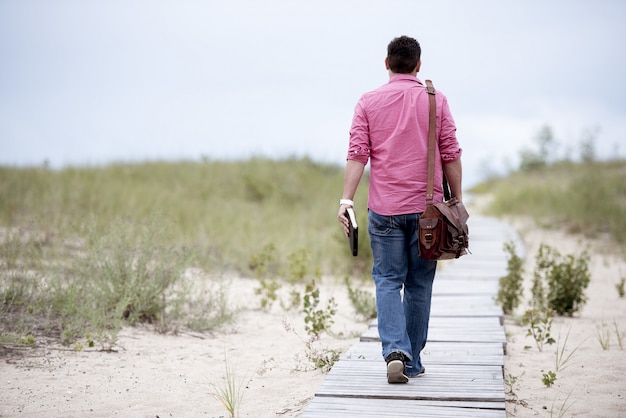
Athletic performance isn’t just physical. Spend 5–10 minutes daily visualizing your sport—perfect technique, game scenarios, or race strategies. This strengthens neural pathways and improves muscle memory.
Studies show mental practice enhances coordination, confidence, and reaction time—especially useful when physical training is limited.
Staying performance-ready while traveling isn’t about replicating your home routine—it’s about adapting with intention. These eight tips are designed to fit real-life constraints: no gear, minimal time, and maximum impact.
By focusing on consistency, mobility, and smart habits, you can maintain—and even improve—your athletic edge, no matter where your journey takes you.

Fitness

Fitness

Fitness

Fitness

Fitness

Wellness

Wellness

Fitness

Fitness

Fitness
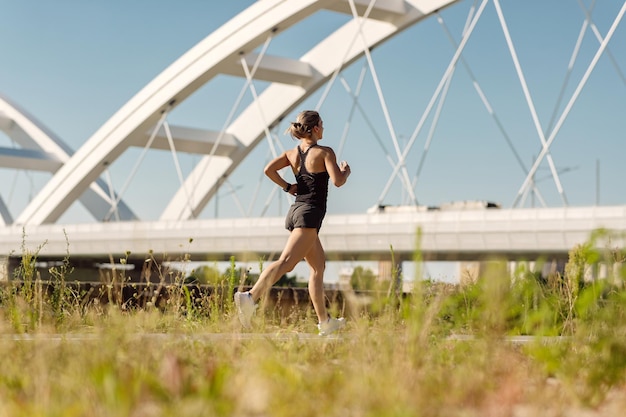
Fitness
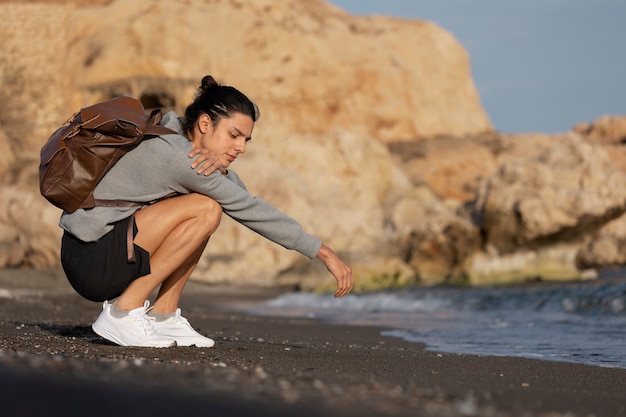
Fitness

Health

Fitness

Health

Health